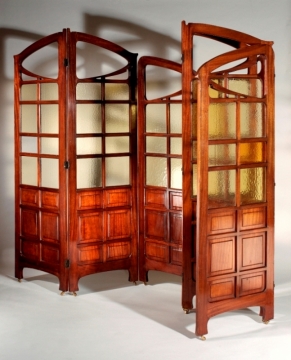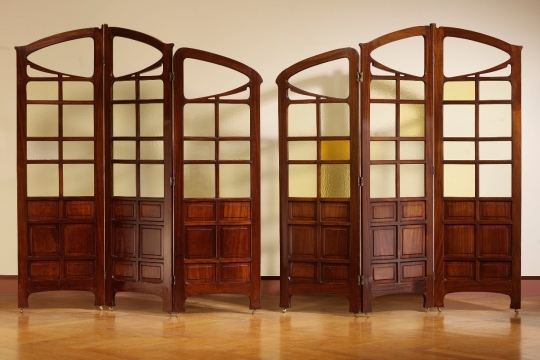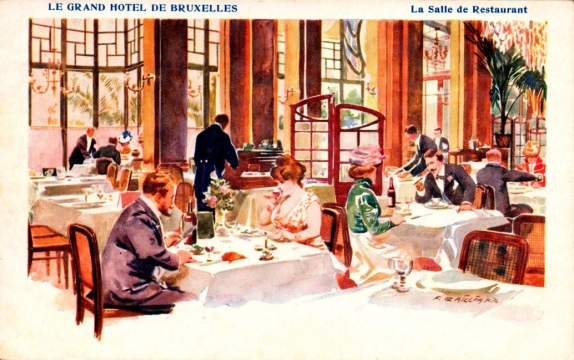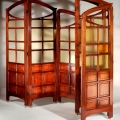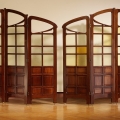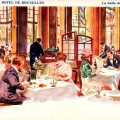Paul Hankar
1897
Type:
Furniture
Material / technique:
Mahonia wood, coloured glass and copper casters
Dimensions:
200 x 180 cms
Type of acquisition:
Acquired by the Heritage Fund
Year of acquisition:
2004
Depository institution:
Design Museum, Ghent
